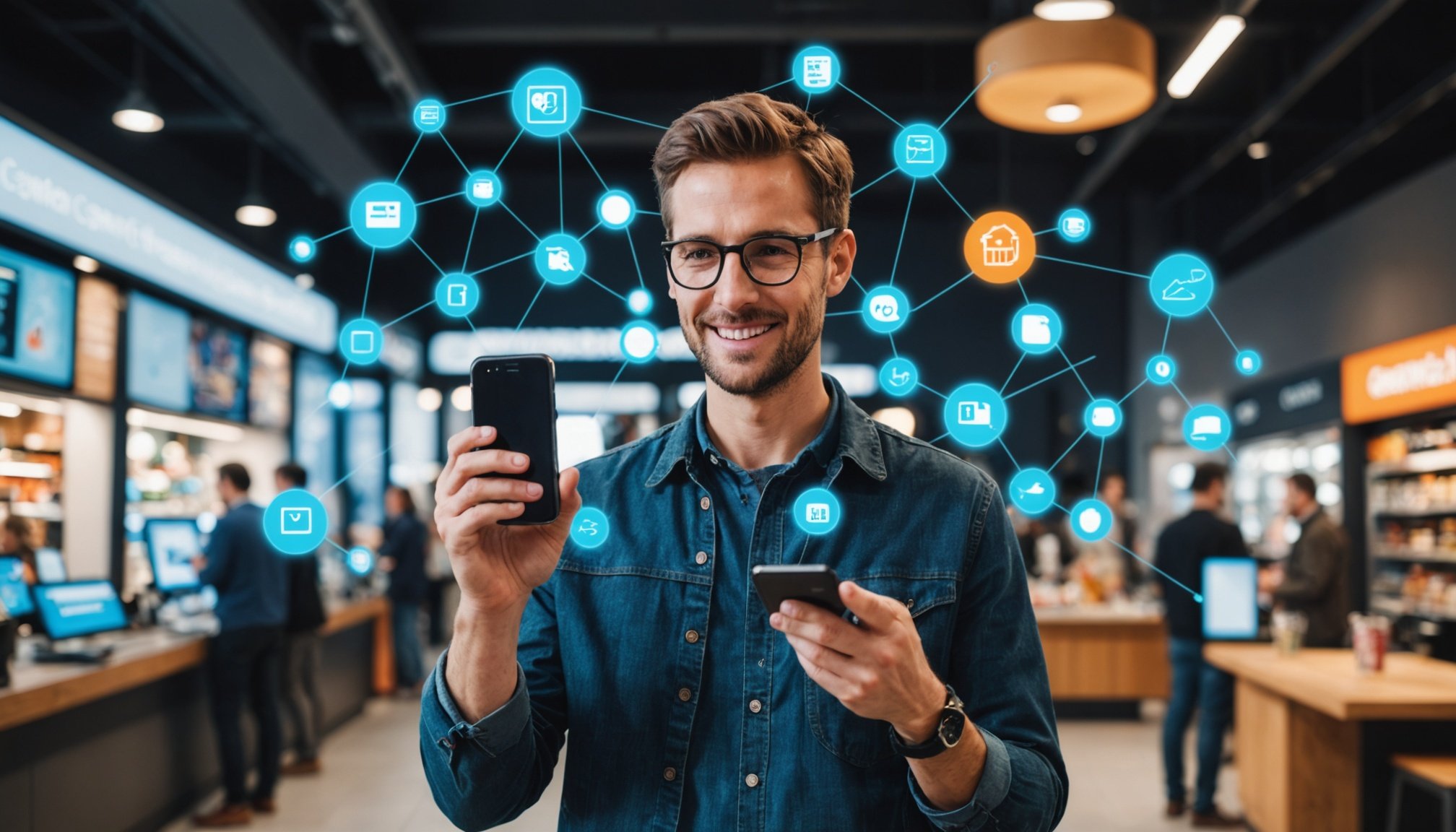Defining Emerging Technology and Its Relevance to Consumer Behavior
Emerging technology refers to innovations at the forefront of development, reshaping industries and daily life. Prominent examples include artificial intelligence (AI), the Internet of Things (IoT), augmented and virtual reality (AR/VR), and blockchain. These technologies offer new capabilities, from personalized user experiences to decentralized data management, influencing how consumers interact with products and services.
Understanding consumer behavior amid these advancements is vital. As technology trends evolve, consumer expectations and decision-making processes adapt. Studying these behaviors helps businesses anticipate needs, tailor offerings, and foster loyalty in a rapidly digitizing world.
Also to discover : How are UK universities preparing students for careers in high-tech computing?
Current digital transformation trends deeply impact consumers by integrating technology into everyday activities. For instance, IoT enables smart homes that react to personal habits, while AR/VR transforms shopping by offering immersive, interactive environments. Blockchain enhances trust by providing transparency and security for transactions.
These developments collectively highlight the dynamic interplay between emerging technology and consumer preferences. Grasping this connection is essential for organizations aiming to successfully navigate the evolving landscape and meet the demands shaped by constant innovation.
Also read : How are cybersecurity measures evolving in the UK’s tech industry?
Key Ways Emerging Technology Shapes Consumer Buying Patterns
Emerging technology is reshaping consumer buying patterns in profound ways. The AI impact on buying patterns is most evident through smart recommendation systems. These systems analyze user behavior and preferences, presenting highly relevant product suggestions. This personalized approach increases purchase likelihood by guiding consumers directly to what they want.
The Internet of Things (IoT) and shopping combine to create seamless, connected experiences. Smart home devices and wearable tech collect data that brands use to anticipate needs, enabling automated restocking or personalized offers. This shift makes shopping more intuitive and less time-consuming.
Mobile platforms revolutionize transactions with ease and speed. Digital payments on smartphones simplify checkout processes, increasing convenience and encouraging impulse purchases. This convenience aligns directly with digital consumer trends that prioritize efficiency.
Moreover, targeted advertising thrives thanks to emerging tech. By leveraging data analytics and AI, brands tailor marketing messages to individual habits and preferences. This precision reduces irrelevant ads and enhances engagement, shaping tech-driven consumer habits. As a result, consumers encounter relevant options more frequently, influencing their buying decisions smoothly and efficiently. Understanding these mechanisms empowers shoppers to navigate digital commerce knowledgeably.
Shifts in Consumer Preferences and Expectations Driven by Technology
Technology’s influence has reshaped changing consumer expectations dramatically. Today, consumers expect not only speed but also seamless experiences that integrate smoothly across all their devices and platforms. The rise of on-demand services fuels an insatiable desire for instant gratification—whether it’s same-day delivery or immediate access to digital content, waiting is increasingly seen as unacceptable.
At the heart of these shifting preferences is a demand for technology and personalization. Customers want tailored experiences that reflect their unique preferences and behaviors. This means businesses must leverage data-driven insights to customize offerings in real time, enhancing relevance and satisfaction. The expectation is no longer just functional convenience but emotional connection through personalized interaction.
Emerging technologies like augmented reality (AR) and virtual reality (VR) are revolutionizing how consumers engage with products. They allow visualization and interaction beyond traditional means—imagine virtually trying on clothes or testing home decor before purchase. This consumer preference for immersive, interactive experiences is setting a new standard that companies must meet to stay competitive.
Overall, adapting to these evolving consumer desires requires businesses to embrace innovation and prioritize delivering seamless experiences that combine personalization with technological sophistication. This approach elevates customer satisfaction and loyalty in an increasingly digital marketplace.
Case Studies: Real-World Examples of Technology Influencing Consumer Behavior
Understanding the industry impact of emerging tech requires examining actual instances where digital transformation success has fundamentally shifted consumer choices. Take retail giants like Amazon and Alibaba, who use AI-powered personalization to redefine shopping experiences. They analyze vast consumer data to offer tailored product recommendations, increasing engagement and sales. Customers benefit from intuitive interfaces that suggest items based on preferences, past purchases, and browsing habits.
In financial services, the rapid adoption of mobile payment systems exemplifies technology influencing behavior. Consumers now prefer convenient, contactless transactions over traditional methods, reflecting a profound behavioral shift. These platforms integrate security features and seamless user experiences, encouraging greater usage and trust.
Streaming platforms provide another real-world example by leveraging artificial intelligence for content recommendations. By analyzing viewing habits, these platforms suggest personalized shows and movies, increasing user retention and satisfaction. This level of digital transformation success showcases the power of technology in shaping entertainment consumption.
Finally, the automotive sector’s move toward connected vehicles enhances user experience through real-time data exchange, navigation assistance, and personalized settings. This technological integration not only transforms driving but also influences buying decisions, emphasizing connectivity and innovation as key factors for consumers. These case studies collectively illustrate the tangible effects of emerging technologies on consumer behavior across industries.
Expert Insights and Research Findings on Technology’s Consumer Impact
Recent consumer research studies highlight how emerging technologies are reshaping buying habits and daily routines. For instance, industry research indicates an increasing reliance on smart devices, with 75% of surveyed consumers in 2023 reporting frequent use of voice assistants and robot hoovers. This shift reflects a broader acceptance of automation to save time and enhance convenience.
Expert insights emphasize that this trend is unlikely to reverse. Leading analysts forecast that the next five years will see exponential growth in IoT-enabled home products. Experts argue that the integration of AI with these devices will create personalized user experiences, significantly influencing consumer loyalty and satisfaction.
Technology impact data from reputable academic sources further supports these observations. Studies reveal that consumers prioritize ease of use and integration compatibility when selecting new tech products. This insight helps manufacturers focus on designing intuitive interfaces and seamless connectivity to meet evolving expectations.
Understanding this landscape enables consumers and businesses alike to anticipate lasting trends and adapt their strategies accordingly. As the data confirms, embracing intelligent automation offers tangible benefits, making technology not just a novelty but an essential daily companion.








